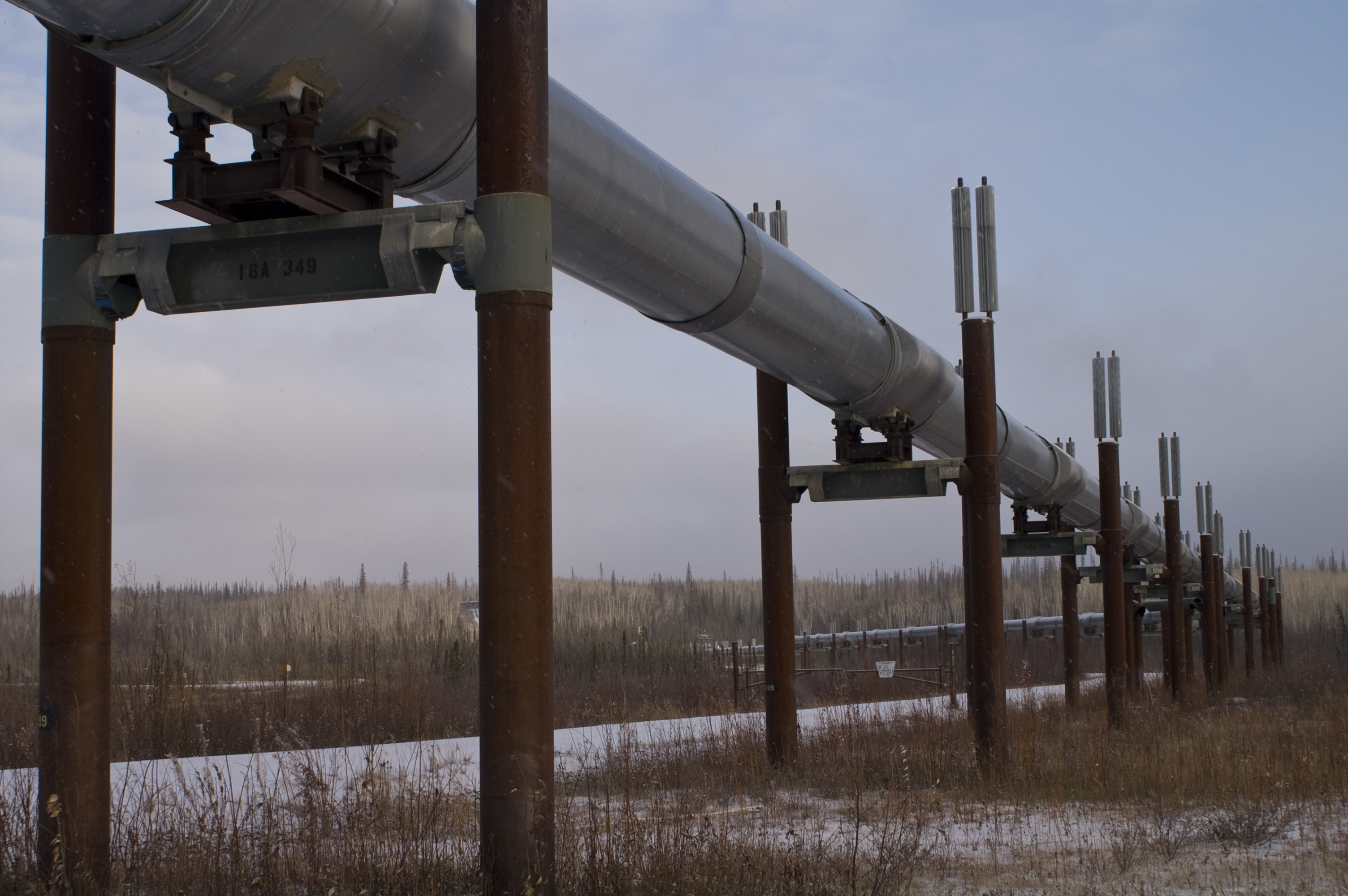July 2009 Vol. 236 No. 7
Web Exclusive
Canada's NEB: New Capacity Will Ease Constraints on Oil Flow

While capacity was tight on some Canadian oil pipeline systems in 2008, Canada’s National Energy Board (NEB) said that additional capacity nearing completion is expected to ease current constraints.
According to the NEB’s fifth annual Canadian Pipeline Transportation System – Transportation Assessment, oil pipeline projects currently under construction are expected to ease constraints as early as the fourth quarter of 2009.
““We’ve seen capacity constraints on oil pipelines for the past several years,” said NEB Chair, Gaétan Caron. “This will change toward the end of 2009 and into 2010 when pipelines previously approved by the Board begin operations.”
In 2008, approximately $127 billion worth of products moved through NEB-regulated pipelines to markets at home and in the United States.
According to the report, there was adequate capacity in place on existing natural gas pipelines in 2008. In fact, most NEB-regulated gas pipelines had excess capacity, even during the peak winter season. Pipeline use declined for most pipelines supplying gas from the Western Canada Sedimentary Basin (WCSB) in 2008. Declining production from the WCSB, growing demand within Western Canada, and competition from other supply basins, particularly in the Western United States, resulted in reduced flows on pipelines transporting gas from Western Canada.
The report also noted that shippers continue to be reasonably satisfied with the services provided by pipelines. With respect to the financial strength of pipeline companies regulated by the NEB, the report shows that key financial ratios continue to be stable and credit ratings continue to be investment grade.
This annual report takes a look at the adequacy and economic efficiency of the roughly 70,000 km of oil, gas and petroleum product pipelines regulated by the NEB. To determine how well the Canadian pipeline system is working, the report assesses the following factors:
• adequacy of pipeline capacity;
• pipeline tolls and shipper satisfaction; and
• the financial soundness of pipeline companies.
For more information, see the NEB website or the 2009 Transportation Assessment.





Comments